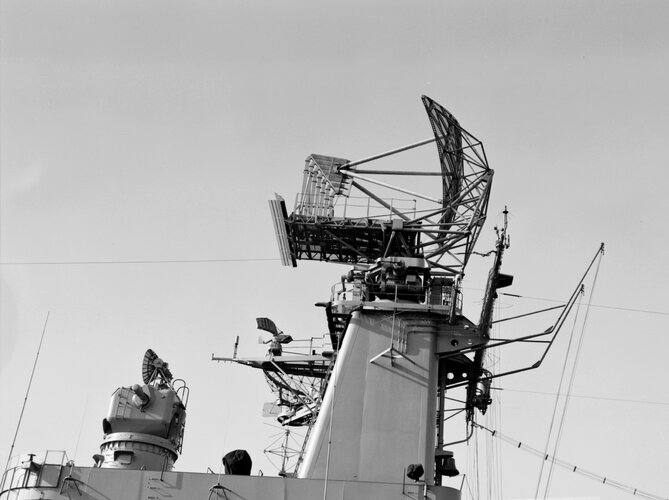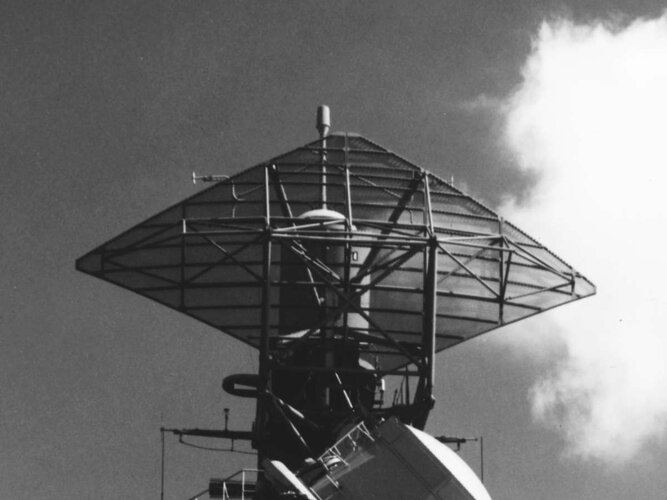The description for SCB-43 (the "CVE-ASW") & the other 2 designs are on pp. 340-343. SCB-43, the "CVE-ASW", was a straight-deck design that could carry 30 S-2 Trackers, could reach 26.5 knots, & had 2 H-4B catapults, but ended up being bigger than they'd wanted (slightly larger than an Iwo Jima LPH). Problem was the cost ($60 million estimate, which grew to $69.5 million by 1953).
The Mariner conversions would theoretically have had the option of an angled deck, & their slower speed (20.5 knots) offset by the more powerful C-11 catapults, & was cheaper ($33 million). The problem was it didn't have enough onboard fuel (carriers being expected to refuel their escorts), with less than half the onboard fuel oil reserves. They also considered a modified Neosho (AO 143) design, which would have solved the fuel problem (& possibly allowed for a 3rd catapult), plus still cheaper ($38 million), but apparently they had a problem of too much space & not enough equipment to fill it with to keep its displacement down to maintain speed. Airgroups weren't specified, but I would assume that the plan would be for 30 Trackers (but no other aircraft).
CVE 2/53 was a smaller version of SCB-43, with a smaller airgroup (20 Trackers), & slightly cheaper ($68.1 million). They also had some variants with steam catapults, but wouldn't have been smaller than SCB-43 (1 option having 16 Trackers & 4 F4D/F-6 Skyrays, another having 24 Trackers & 6 Skyrays). Not 100% sure why these versions could have steam catapults when even the angled-deck SCB-43 was limited to the H-4Bs, but oh well.
All of the studies were cancelled, however, in the FY53 budget in favor of CV 60 Saratoga...which then led to the Essex CVS conversions.
As for SCB 100.68, it looks like they planned for 20 Trackers, 16 Sea Kings, 2 UH-2 Seasprites, 1 C-2, 4 E-2 Hawkeyes, & 4 A-4 Skyhawks, with 2 C-13 catatpults & 2 Tartar SAM launchers. At that size, you're almost really talking about a brand-new Essex type of hull, but with a taller hanger (height was 22ft). Problem was, Vietnam lasted too long, & McNamara couldn't get enough support for them.



